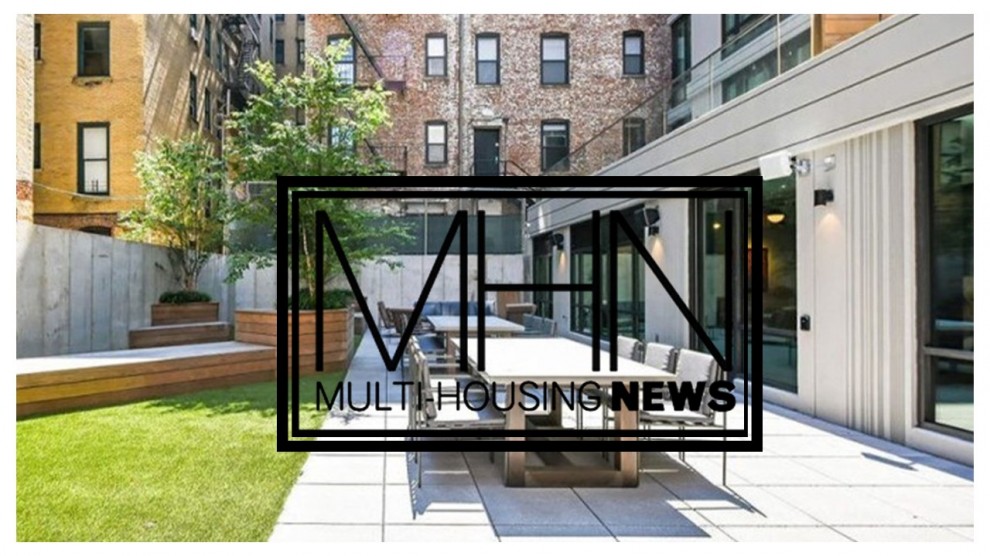Although this year began with a surge in COVID cases, the sector’s prospects are still promising.
As the economy reopened and vaccines continued to be distributed across the U.S. in 2021, the student housing industry was also strengthened. Pent-up demand for in-person academic experiences, coupled with international foreign travel resuming, have prompted both domestic and international students to return to campuses, boosting the housing sector at the same time.
“During this past year, we have seen a regained interest from investors in the student housing sector, which is getting stronger as we enter 2022,” David Druey, Florida regional president of Centennial Bank, told Multi-Housing News.
Interest for the asset class is especially strong in markets near top schools. For example, Monarch Heights, a 154-bed recently completed student housing asset near Columbia University in the city of New York, changed hands for $84 million or roughly $550,000 per bed, marking the second-highest per-bed price ever recorded, according to Todd Rosenberg, managing principal & co-founder of Pebb Capital.
And with the student housing sector proving its resilience during the height of the health crisis, large institutional investors have taken notice. Blackstone formed a $784 million joint venture with Landmark Properties to invest in eight student housing properties totaling 5,416 beds across the U.S. Encouraged by the ongoing favorable macro trends in the sector, Brookfield partnered with Scion to acquire a U.S. student housing portfolio of 27 properties with more than 17,000 beds in close proximity to large, public universities.
Additionally, foreign investors are also expanding their U.S. holdings. For instance, a subsidiary of Asian real estate giant CapitaLand Investment Management paid $83.3 million for Seven07, a student housing community serving students enrolled at the University of Illinois at Urbana-Champaign. The property is Ascott Residence Trust’s fourth acquisition since entering the U.S. market a year ago.
“There’s renewed investment appetite for large, new developments in areas with high barriers to entry. … This once again is a testament to student housing’s continued resilience, which we expect will lure investors back as the sector continues on its trajectory of increasing institutionalization and maturity,” Rosenberg said.

